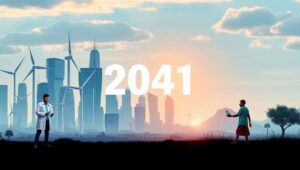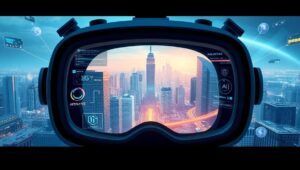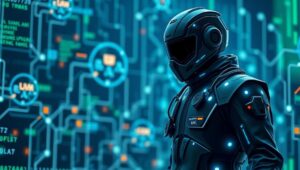June 1, 2025
AI Predicting the Future: Possibilities and Pitfalls (2027)
AI Predicting the Future: Possibilities and Pitfalls (2027) Artificial Intelligence (AI) has rapidly evolved, and its capabilities now extend into predictive analytics with remarkable accuracy. This article explores the potential of AI in forecasting future events and trends as of 2027, while also examining the associated challenges and ethical considerations. The Rise of Predictive AI By 2027, AI algorithms have become sophisticated enough to analyze vast datasets, identify patterns, and make predictions across various domains. Machine learning models, deep learning networks, and natural language processing (NLP) techniques enable AI systems to process and interpret complex information, leading to more accurate












